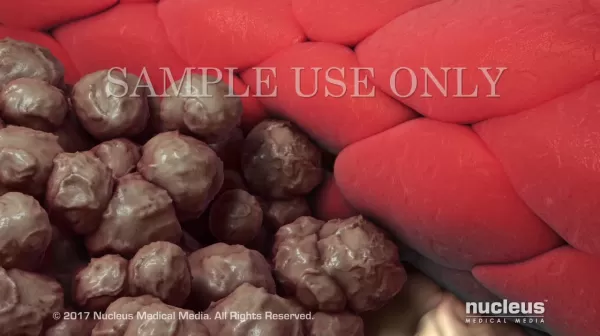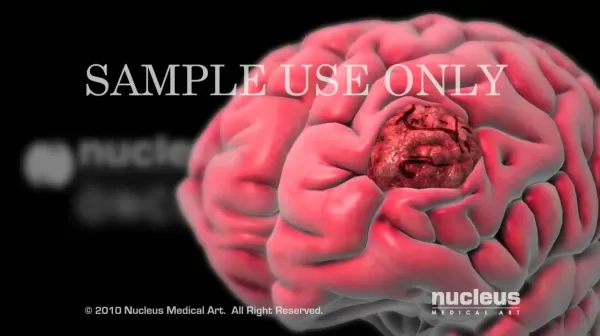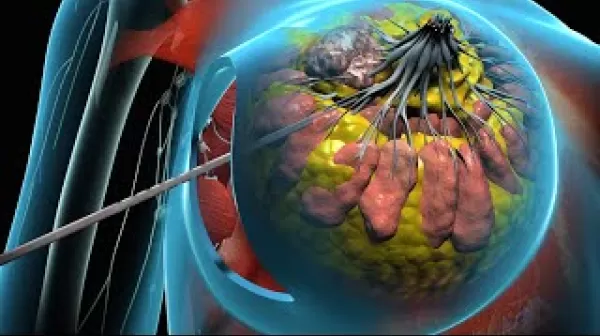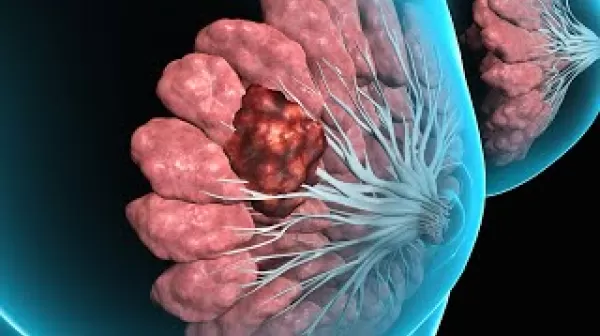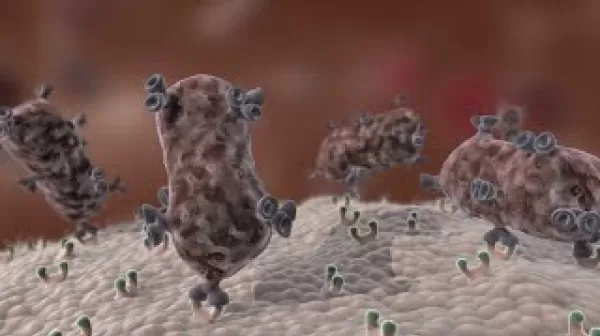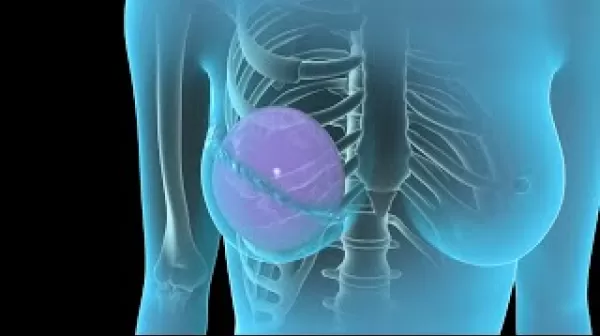Cancer Management
Cancer is more likely to respond to effective treatment when identified early, resulting in a greater probability of surviving as well as less morbidity and less expensive treatment.
There are two distinct strategies that promote early detection:
- Read more about Cancer Management
- Log in to post comments
- 12 views

